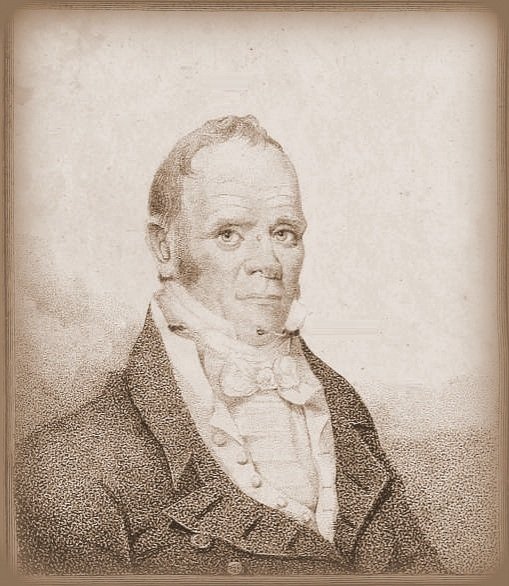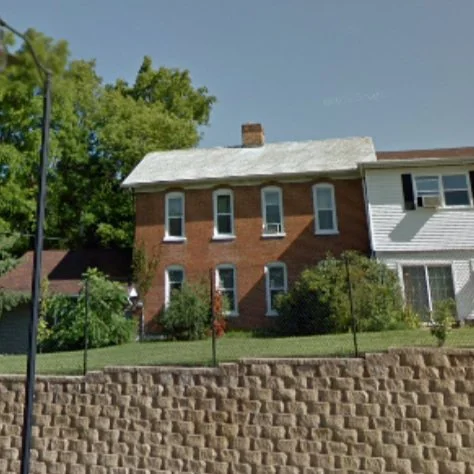Almira Humes II
I was fortunate yesterday to be able to access Green County’s newspaper archives at the Monroe Public Library. Although the microfiche covering Monroe’s period as HQ to Lincoln’s Counterfeiting Gang was declared damaged some time over the last few months and is now not available to researchers, I was able to locate Almira Humes’ 1893 biography written by Dr. Helen Bingham, her homeopath granddaughter. Almira was married twice (at least once officially) and her full name was at times Almira Humes, Almira Churchill or Almira Roberston.
Update: apparently the 1871 Bonelatta microfiche was not damaged, but misplaced and found. Let’s hope the same happens for Green County’s Criminal Case Files, which were slated to be housed at UW Platteville before disappearing!
Almira’s early life was actually far darker than recorded by E. C. Hamilton in his iconic The Story of Monroe. I reproduce the full article at the end of this post, it appeared in The Monroe Sentinel on July 10, 1893.
For readers who appreciate a summary, here it is:
Almira’s abusive mother, Huldah Temple Humes, was a fanatic devotee of a self-taught ‘medical doctor’, herbalist Samuel Thomson, who specialized in plant-based purgative “cures”. Thompson got on this kick as a boy when a local ‘medicine woman’ taught him that lobelia causes vomiting. Thompson liked to trick the other boys into eating the plant and vomiting. (Readers may be interested in reading about Georg Ferdinand von Springmuhl. Thomson’s biography by Lloyd is available at Hathi Trust.)
Samuel Thomson (1769–1843). The Thomsons were a Unitarian family from New Hampshire. Unitarians are Protestant Christians who deny the Trinity, the roots of their faith are in the Ottoman Empire and European slave-trading.
Almira’s mother made herself so sick so often that her pre-teen daughter had to take on managing their sprawling household. Modern psychologists call this type of abuse “parentification”.
“Great Blue Lobelia” (American native), courtesy of the University of Maryland
Almira’s family included a number of people with mental health problems. Huldah and her two sisters (Nabby, Naomi) were English immigrants who moved stateside before 1810. They had odd personalities, being “very proud” so that “any one of them would be willing to be queen” according to Almira. The sisters traveled as a unit.
The sisters’ closeness had dire effects for Almira. Nabby adopted many children (particularly disabled ones or blacks) and took on other indigents far in excess of what the trio could afford, leaving young Almira alone to try to feed and clean for everyone. Between Nabby’s child-collecting; Huldah’s self-induced invalidism; and Naomi’s lack of discernment, the sisters’ behavior caused acute financial distress and resulted in the abuse and neglect of their dependents. Some variant of the “Cluster B Personality Disorders” may describe these Temple sisters.
Almira’s indenture into a slavery-situation on the back of one of Huldah’s Thomsonian purges is described here. Almira was further abused by the religious zealots to whom Huldah gave her. Almira’s step-father, Silas Gardner, was the only adult family member who took steps to save her, albeit after over a year of mistreatment. (Gardner was also a Thomson fanatic.)
The Temple sisters married unbalanced men. Naomi’s husband died in a Washington D.C. asylum after he went insane pursuing a patent there. Her sons, Felix and Martin, were prominent pamphleteers in Western New York. (This is a section of the publishing industry popular with Quakers.)
Nabby’s husband lost his mind after the death of two sons in the War of 1812. The children of Nabby’s union (14 total) became zealous Methodist ministers or minister’s wives. Methodism is an offshoot of Count Zinzendorf’s radical cult in London, the “Moravian Brethren”.
Gardner appears to have been an enabler for his wife Huldah and his sisters-in-law. After Gardner’s death, Almira grew up desperately impoverished along the banks of the Ohio River in Cincinnati and other “Marine Settlements”. That she probably ended up in a bad situation isn’t surprising.
In Monroe, WI, Almira Humes came into wealth for the first time in her life. She converted to the Unitarian faith of “Dr. Thomson” and attended the Universalist Church from its inception.
The Univeralists have left a mixed legacy in Green County. While their leading member Arabut Ludlow’s family donated towards Monroe’s library and the Green County Agricultural Fair, they also exercised a crushing effect on freedom of expression and conscience during both the Civil War and World War I. They enabled the Bonelatta Gang organized crime ring and probably even worse stuff down in Chicago. Monroe’s universalists were a group of people for whom their ends justified their means, as Leon Goetz learned the hard way. Almira’s scary childhood may offer some explanation of the psychology motivating their behavior.
Dr. Bingham’s account of her grandmother’s life ends abruptly and suggests that a second part was planned. If another installment was printed, that edition of the Sentinel has not survived in the archives.
The Monroe Sentinel, July 10, 1893. Page 4.
The title image is of Almira Hume’s dedicated window at the Universalist Church, now Green County Historical Society.








